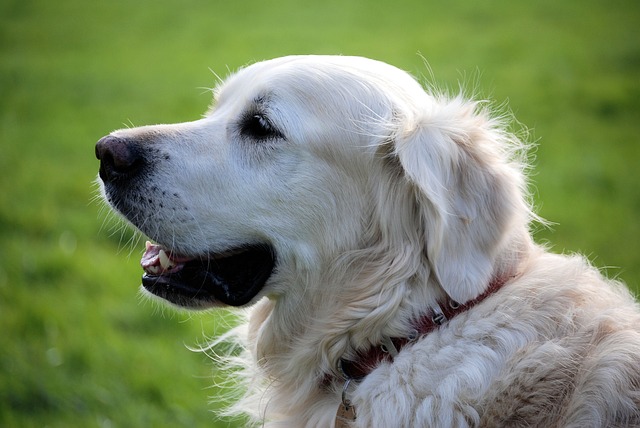
How do i train my dog to be obedient?
Watching your dog dart across the park ignoring your calls isn’t just frustrating—it can put them at risk near busy streets or public spaces.
Bringing a new dog home is a whirlwind of excitement—and a million questions. Among the biggest is, "When will they truly feel like mine?" The truth is, there's no universal timeline for building trust with dogs. It’s not a race, but a journey that depends heavily on the dog’s unique history. A playful, well-socialized eight-week-old puppy from a breeder might feel comfortable in a few days, while a senior rescue from a Texas shelter with a troubled past may need several months to let their guard down fully. Patience isn’t just a virtue here; it’s the most important tool in your toolkit.
The process is rooted in canine psychology and past experiences. Trust is built when a dog consistently learns that you are a source of safety, good things, and predictable outcomes. You can actively foster this by letting them approach you first for affection and making every interaction positive. This is where positive reinforcement training is non-negotiable. Hand-feeding them their meals, using high-value treats for calm behavior, and avoiding sudden, frightening movements all deposit into your "trust bank." Forcing interactions, using harsh corrections, or staring directly into their eyes are cultural taboos in modern dog training and will actively withdraw from that bank, damaging your growing bond.

You’ll know trust is building through subtle signs. It starts with them taking a treat gently from your hand, then progresses to them choosing to sleep in the same room as you. The ultimate sign is the "soft eye"—when they look at you with relaxed, squinty eyes instead of a hard stare. This journey requires you to manage your own expectations and home environment. In an apartment, this might mean creating a safe, quiet den for them away from the main foot traffic, helping them decompress from the overwhelming sounds of city life.
This commitment to building a secure bond directly influences your role in the community. A fearful, uncertain dog is more likely to be reactive on a leash or nervous around strangers. A dog that trusts you, however, looks to you for guidance, making them calmer and more predictable on walks. This makes it easier to be a respectful neighbor—adhering to leash laws in your local park, diligently carrying poop bags (a simple act that prevents fines and keeps shared spaces clean), and ensuring your dog doesn’t jump on others. Furthermore, this trust is practical; it makes essential tasks like a vet visit for their legally required rabies vaccination far less stressful for everyone involved.
Ultimately, the question isn't "how long," but "how well." The time investment you make in building trust through consistency, respect, and positive experiences pays dividends for years to come. It transforms a nervous newcomer into a confident companion who knows, without a doubt, that they are home.

Watching your dog dart across the park ignoring your calls isn’t just frustrating—it can put them at risk near busy streets or public spaces.

New puppy owners often find themselves rushing to clean up accidents before they set in, and that’s where puppy pad training becomes a game-changer.

If you've noticed your dog's waistline disappearing and your veterinarian has mentioned those few extra pounds, your first instinct might be to simply reduce the amount of food in their bowl.

Training a dog to use a designated spot indoors isn’t as daunting as many new owners fear, but it does take consistency and an understanding of your pet’s needs.

That moment of dread on a walk is all too familiar for many new dog owners. You see another dog approaching down the sidewalk of your neighborhood

If the sight of another dog on your neighborhood walk makes your heart sink as your own dog erupts into a frenzy of barking and lunging, you're not alone.